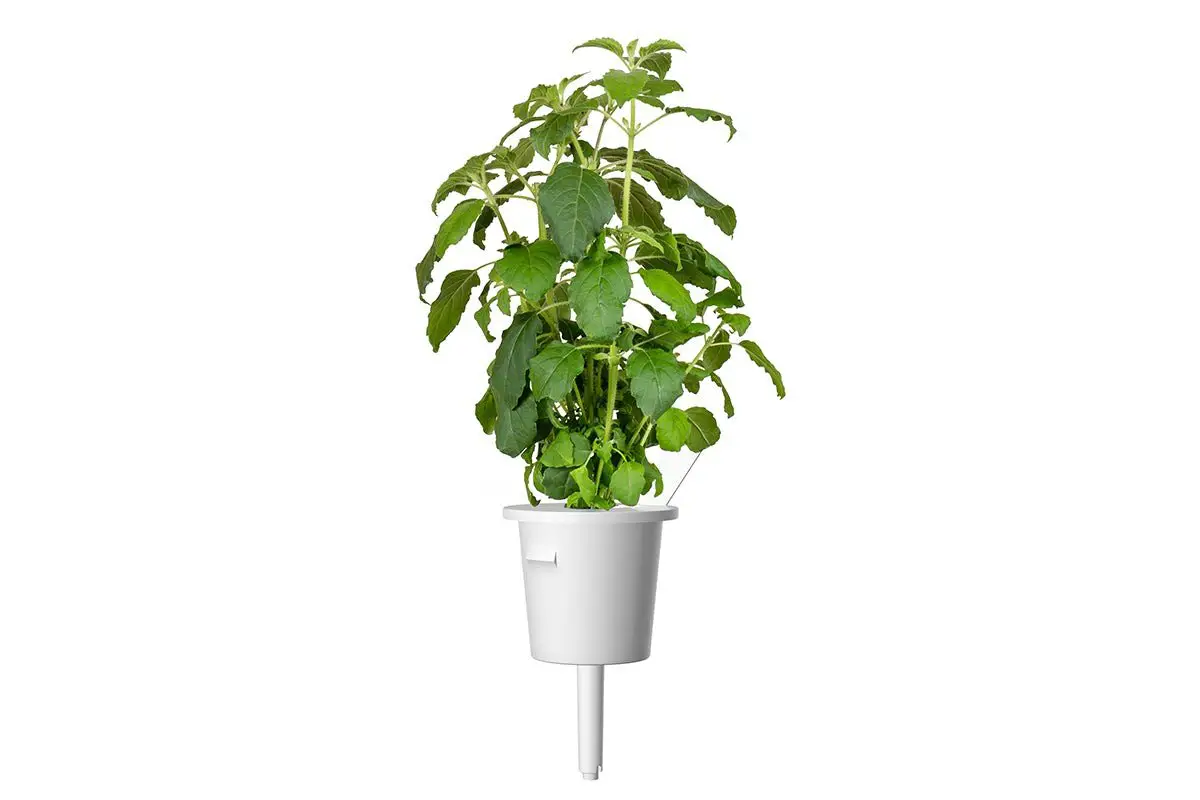The tulsi plant, often known as the queen of herbs, has several medical benefits and is commonly found in Indian homes since it is considered sacred by Hindus. This plant, often known as basil, treats various seasonal illnesses, including the common cold, flu, and cough. According to Vastu, maintaining a tulsi plant at home also gives harmony and happiness to the family.

So, what type of Tulsi should you use at home?
You may grow either of these two Tulsi types at home. The medicinal properties of both the Rama and Shyama Tulsi plants are well-known.
According to Vastu Shastra, the Holy Basil or green Tulsi plant is the most widely accessible Tulsi plant and is considered auspicious. The Tulsi plant comes in a variety of varieties in India.
‘Shri-Tulsi,’ also known as ‘lucky Tulsi,’ ‘Rama-Tulsi,’ or ‘bright Tulsi,’ is a Tulsi with green leaves. Rama Tulsi (Ocimum Sanctum) is utilised for religious purposes and is known for its medicinal powers. Tulsi leaves have a sweeter flavour than other Tulsi varieties.
‘Shyama-Tulsi,’ or ‘dark Tulsi,’ or ‘Krishna-Tulsi,’ is a Tulsi with dark green or purple leaves and a purple stem. Because its purple colour resembles Lord Krishna’s dark complexion, it is identified with him. Shyama Tulsi (Ocimum tenuiflorum), commonly known as Krishna Tulsi, is a Tulsi variation with distinct therapeutic properties, including relief from throat infections, skin illnesses, earaches, nasal lesions, and respiratory difficulties.
Vana Tulsi, also known as Wild Tulsi, and Kapoor Tulsi are other Indian varieties.
When is the ideal time to plant Tulsi at home?
Tulsi should be planted on a Thursday in the Hindu calendar month of Kartik, according to Hindu beliefs.
What is the best way to worship the Tulsi plant at home?
When worshipping the Holy Basil or Tulsi plant, one must adhere to particular Vastu Shastra guidelines.
- Keep the area around the Tulsi plant tidy and clutter-free.
- Light an oil lamp in the vicinity of the plant.
- Give the Tulsi plant water from a Kalash. Always use both hands to grip the Kalash.
- Offer kumkum, Haldi, flowers, and incense as holy goods.
- While circumambulating, chant a shloka.
According to Vastu Shastra, where should a Tulsi plant be kept home?
Tulsi plants should be placed in the ideal direction in residence, according to Vastu Shastra.
- While the greatest location for the plant is towards the east, it can also be placed in the north or northeast on the balcony or near a window.
- Make sure there is enough light near the plant.
- Keep the plant in odd numbers like one, three, or five at all times.
- Brooms, shoes, and dustbins should not be placed near the planter.
- Make sure the area around the plant is tidy and free of debris.
- Flowering plants should always be placed near the plant.
- Keep a dry plant out of the house because it attracts negative energy.
Lastly, Make sure the plant is pruned regularly. Remove any dried leaves and keep the plant well hydrated. To maintain it green and healthy, use organic fertilisers.









